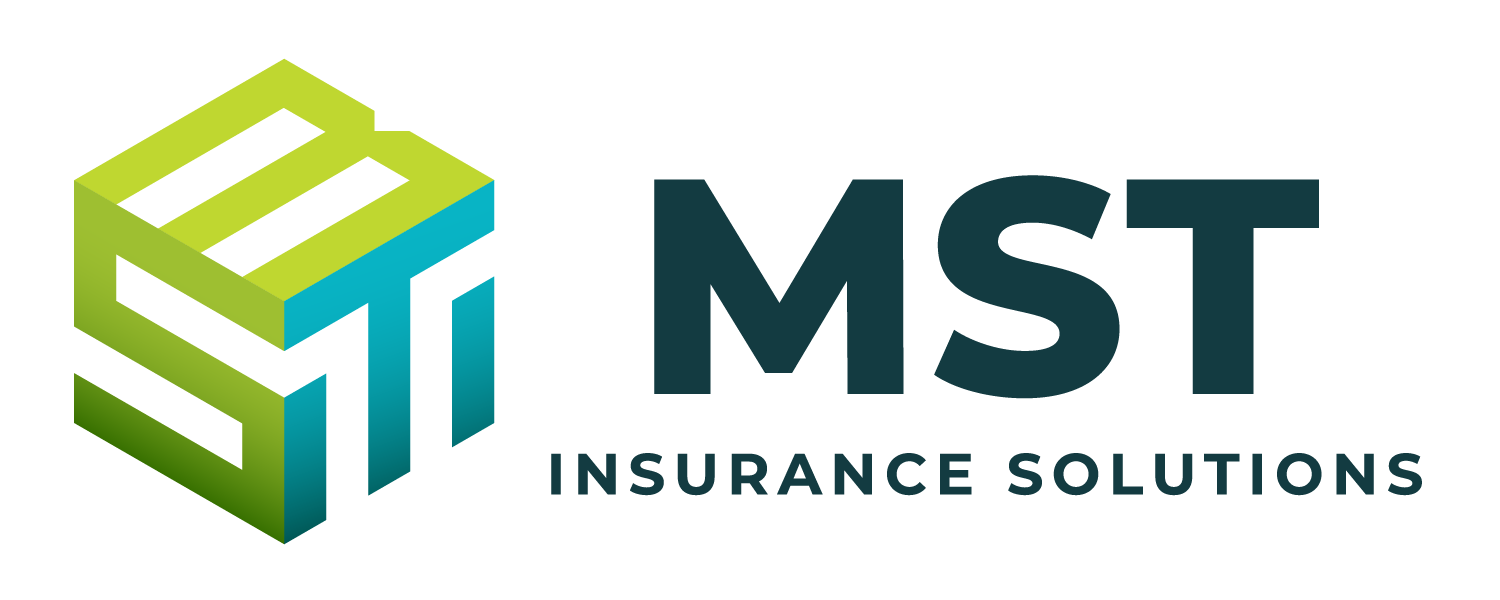The modeled average annual loss (AAL) from natural catastrophes (Nat CATs) globally is now $133 billion, up from $123 billion last year, according to Verisk’s latest Global Modeled Catastrophe Losses analysis.
The global AAL represents the baseline level of losses the insurance industry should expect each year, and the figure has risen steadily over the last decade from $59.3 billion in 2012 to the new high of $133 billion. This means that not only should insurers be prepared for natural catastrophe losses to exceed $100 billion every year, but that annual losses greater than $200 billion could also occur in some years, Verisk reported.
“The growth in exposure values, driven primarily by continued construction in high-hazard areas, and rising replacement costs – largely due to inflation – are the most significant factors responsible for increasing catastrophe losses,” said Bill Churney, president of Verisk extreme event solutions. “The other significant factor is the impact of climate change, which is often cited as the primary reason for the increase in losses. But, while this plays a role, year-over-year growth of exposure and rising replacement values have a far greater short-term impact.”
According to the report, actual insured losses from natural catastrophes averaged $101 billion annually over the past five years, compared to an average of under $70 billion annually over the previous five-year period. Factors driving annual insured loss growth beyond growth in exposure values and climate change include variability in the occurrence of CAT events, social inflation, and legal and regulatory changes, noted Verisk.
The concern doesn’t just lie in the traditional primary perils such as hurricanes and earthquakes. In many regions, losses from secondary perils such as wildfires, severe convective storms (SCS), and floods are “primary and significant,” noted Verisk. In the first half of 2023, SCS accounted for more than 70% of insured losses, with eight multi-billion-dollar events so far, Verisk said, citing research from Aon.
In its analysis, Verisk determined that global insured losses make up only about one-third of global economic losses on average, which means annual economic losses could exceed $400 billion. This is a “staggering figure,” said Verisk, which highlights the insurance protection gap that exists globally. Protection gaps vary by region. About 51% of the economic loss from natural disasters is insured in North America, while the same is true for just 12% of economic losses in Asia.
To prepare for this “new normal” of heightened CAT losses, organizations should model loss scenarios peril models that go beyond primary perils to include severe convection storms (SCS), wildfires and floods. They should also accurately capture as many building attributes as possible, including construction type, occupancy, and year built, as well as ensure properties are accurately geocoded and update property valuations to reflect current replacement values.
Said Churney, “Probabilistic catastrophe modeling remains the best approach for understanding risk and (re)insurers can use these models, with current exposure information, to put recent losses in perspective, while accounting for the impacts of continued exposure growth, climate change, and the increased role of perils beyond tropical cyclones and earthquakes.”
For a copy of this notice, click here: Average Annual Modeled Catastrophe Losses Hit $133B

